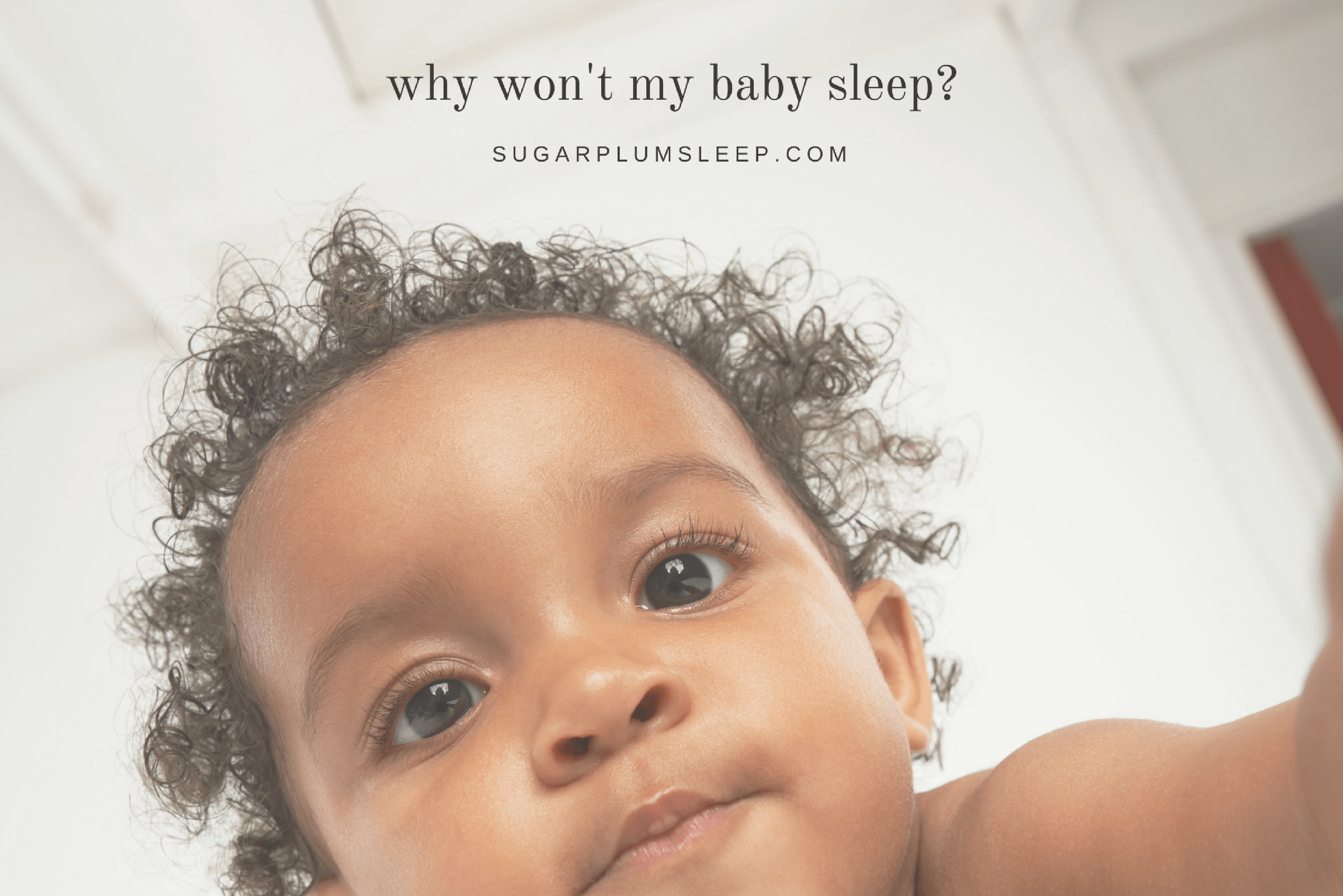Hey there tired mama! I’ve got your back. It’s time to make some small but powerful changes to your sleep habits. I’m sharing a free resource with you.
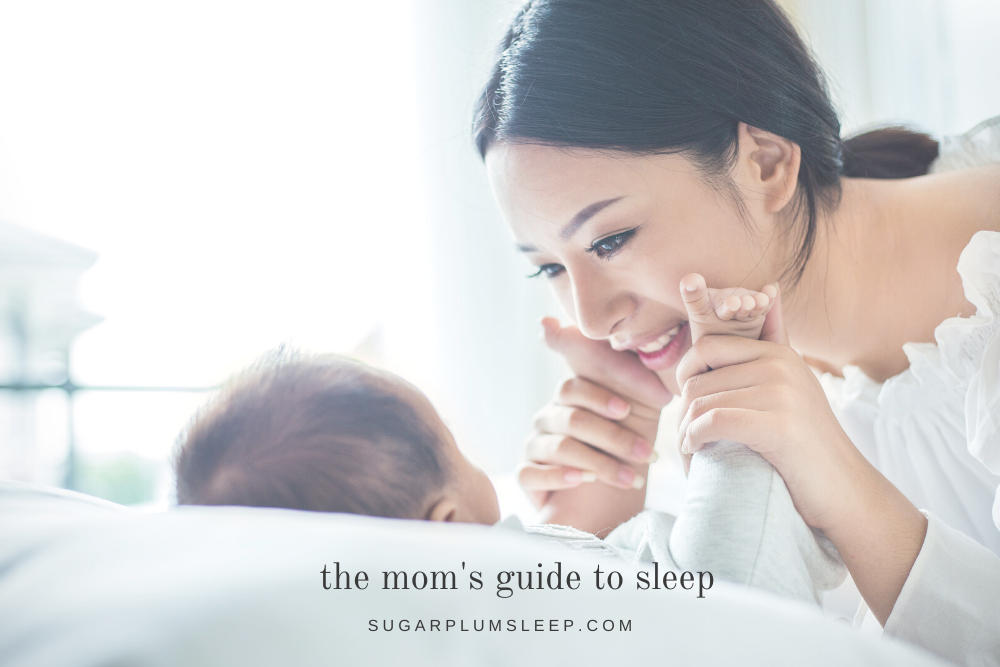
Hey there tired mama! I’ve got your back. It’s time to make some small but powerful changes to your sleep habits. I’m sharing a free resource with you.

When I was pregnant I remember spending hours scouring Pinterest for nursery design inspo. I loved selecting items to create a sweet sleep space, but I probably should have given a little more thought to how to make my son’s bedroom safe, calm and quiet (not just pretty). Fast forward to two kids later and five years as a sleep training expert and I now have a much better handle on the situation. I’ve drilled it down to five essential nursery items.
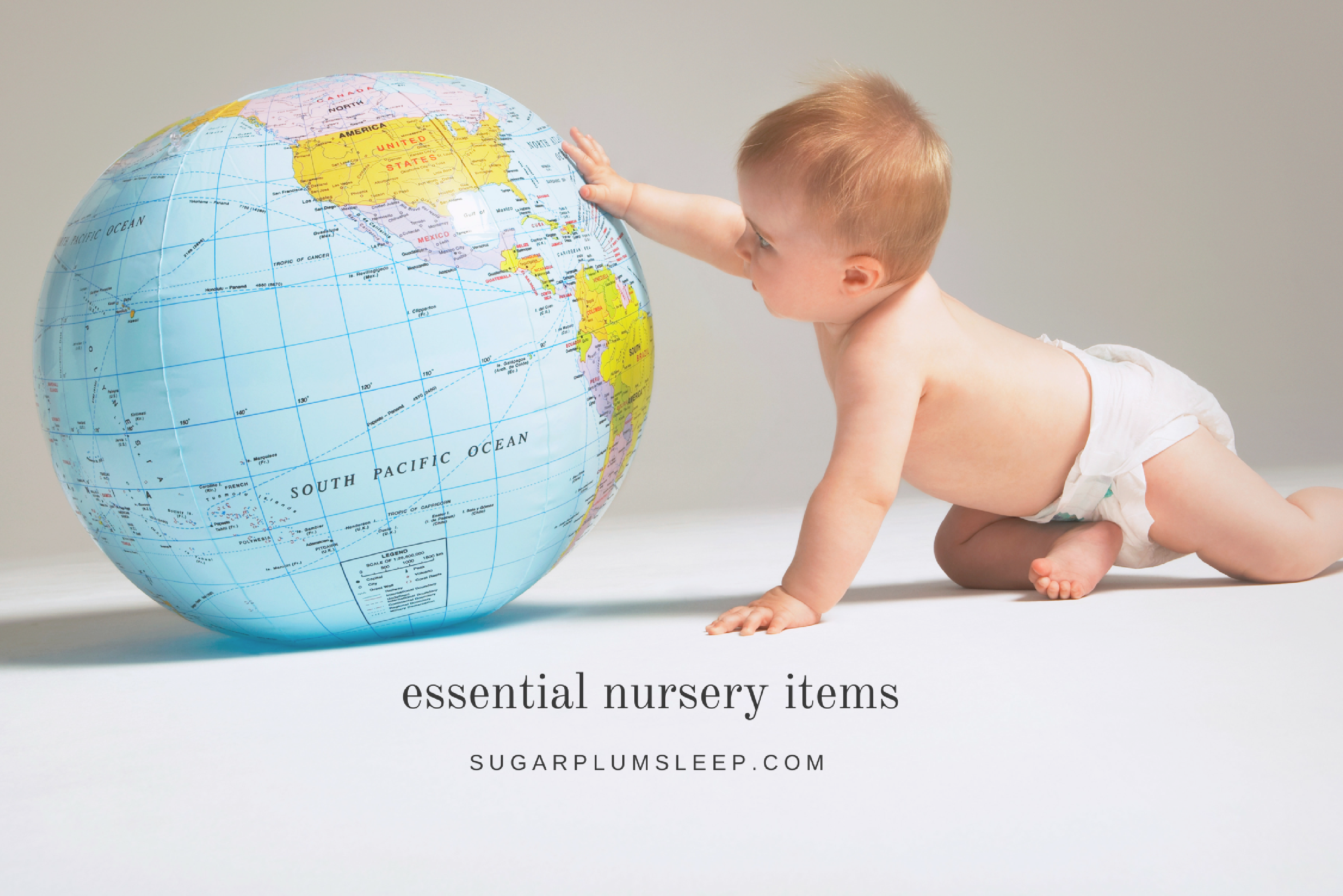
When a nap starts to interfere with nighttime sleep, then it may be time to consider eliminating it. Some children drop theirs naps as early as two years of age, while others continue to nap until they are five years old. Establishing a consistent quiet time can help with this transition.
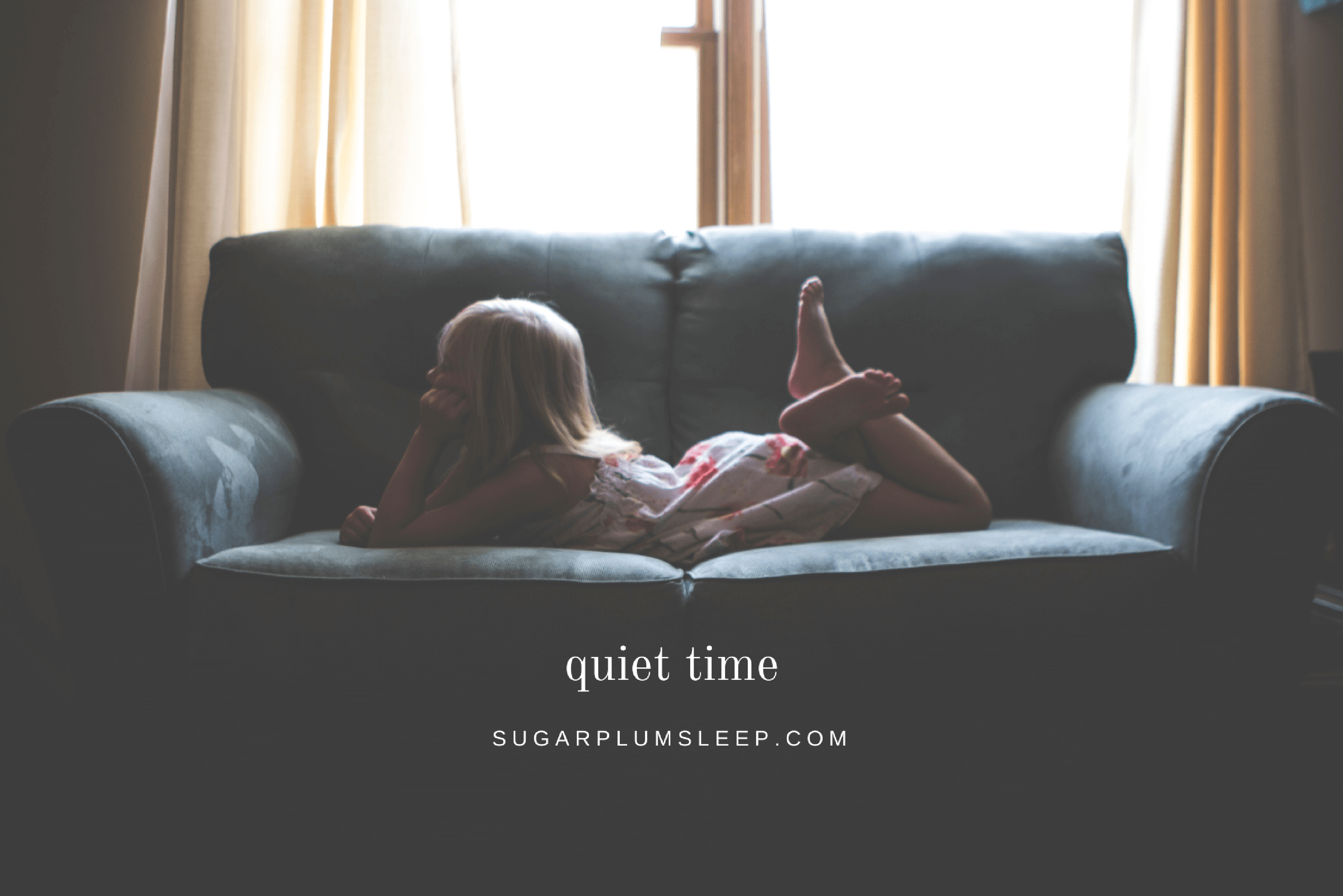
When should you start reading to your baby? It’s never too early to start. A baby’s response to sound is one of their earliest developed senses so they are naturally drawn to a parents voice. Because bedtime routines are an important aspect of healthy sleep habits for infants and children, taking the time to read stories can further help to develop this sense.
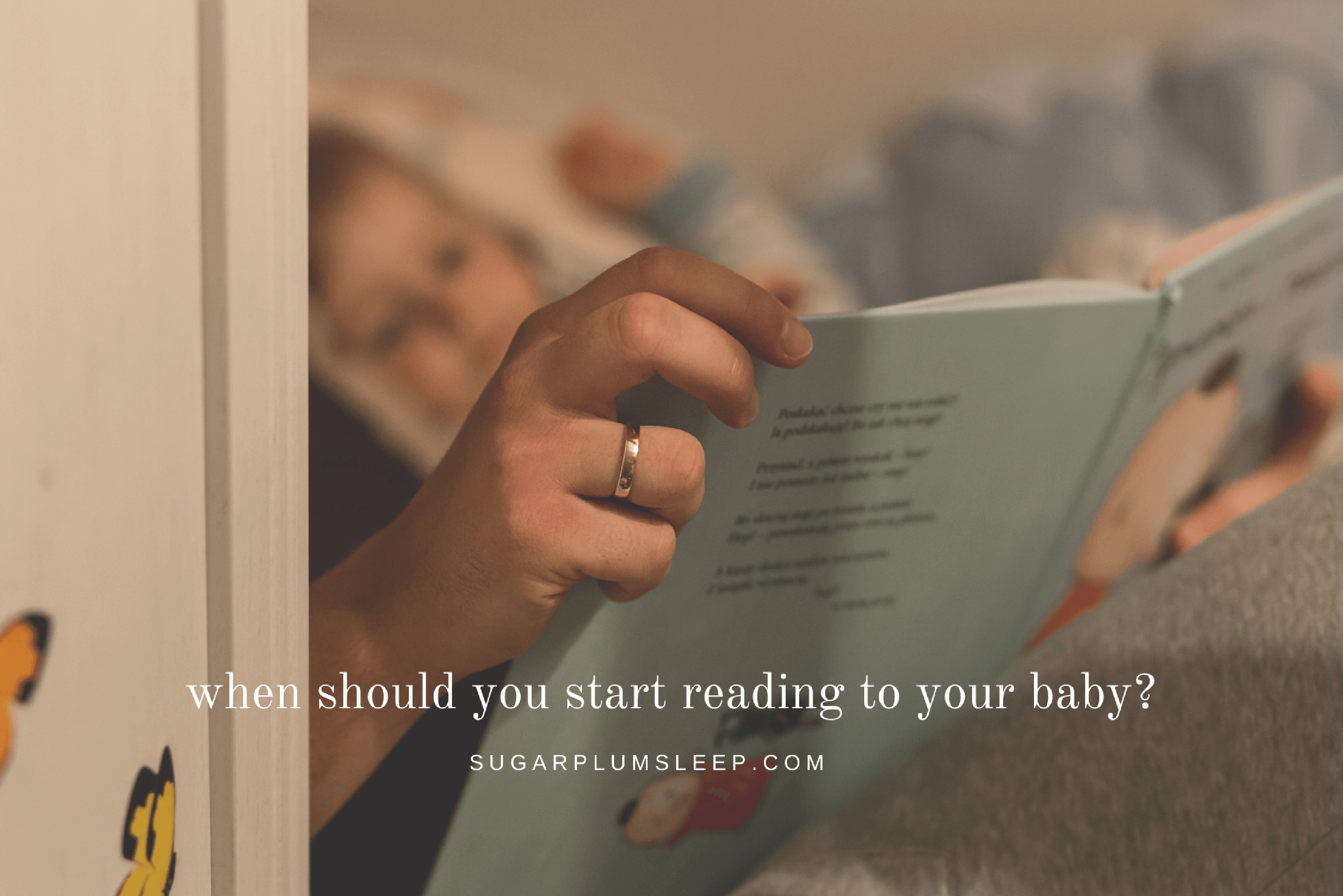
Establishing a baby bedtime routine from an early age is a great way to help promote healthy sleep skills. Routines are also critical to predictability and consistency in your child’s day. Learn how to follow the perfect bedtime routine recipe for your little one.

Creating the perfect conditions for a good night’s sleep involves calming and preparing all five senses. We turn off the lights and we quiet our rooms. We have a drink of water, change into cozy pyjamas and snuggle against our favourite pillow. But we often forget about the power of smell, the sense that can easily alter your mood and trigger certain emotional or mental responses.

Returning to work after maternity leave is a major period of transition for both you and your child. Separation anxiety and sleep regression are common when one or both parents start spending more time away from the home. Advanced preparation, including consideration of caregiving arrangements, changes in morning and evening routines, as well as balancing work commitments with family priorities is critical during this time.
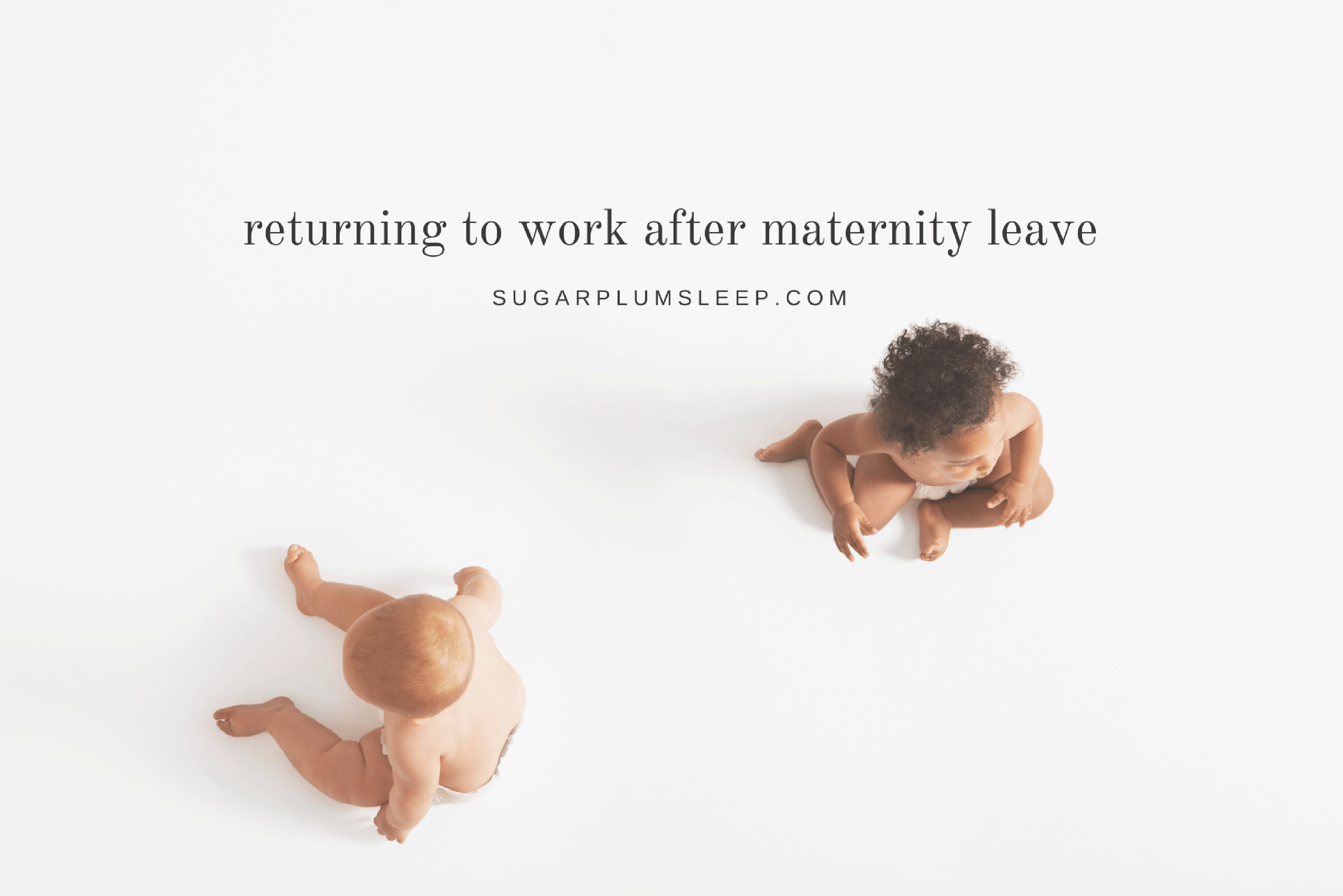
When a new baby is on the way there is no doubt that the addition to the family is going to affect an older sibling. Juggling the care of two children (or more!) will pull you in opposing directions and reduce the amount of time you can spend with each family member. For an older sibling this can lead to changes in behaviour, and possibly sleep regression. I’m answering some common questions and concerns regarding the impending changes and their effect on the way your older child sleeps.
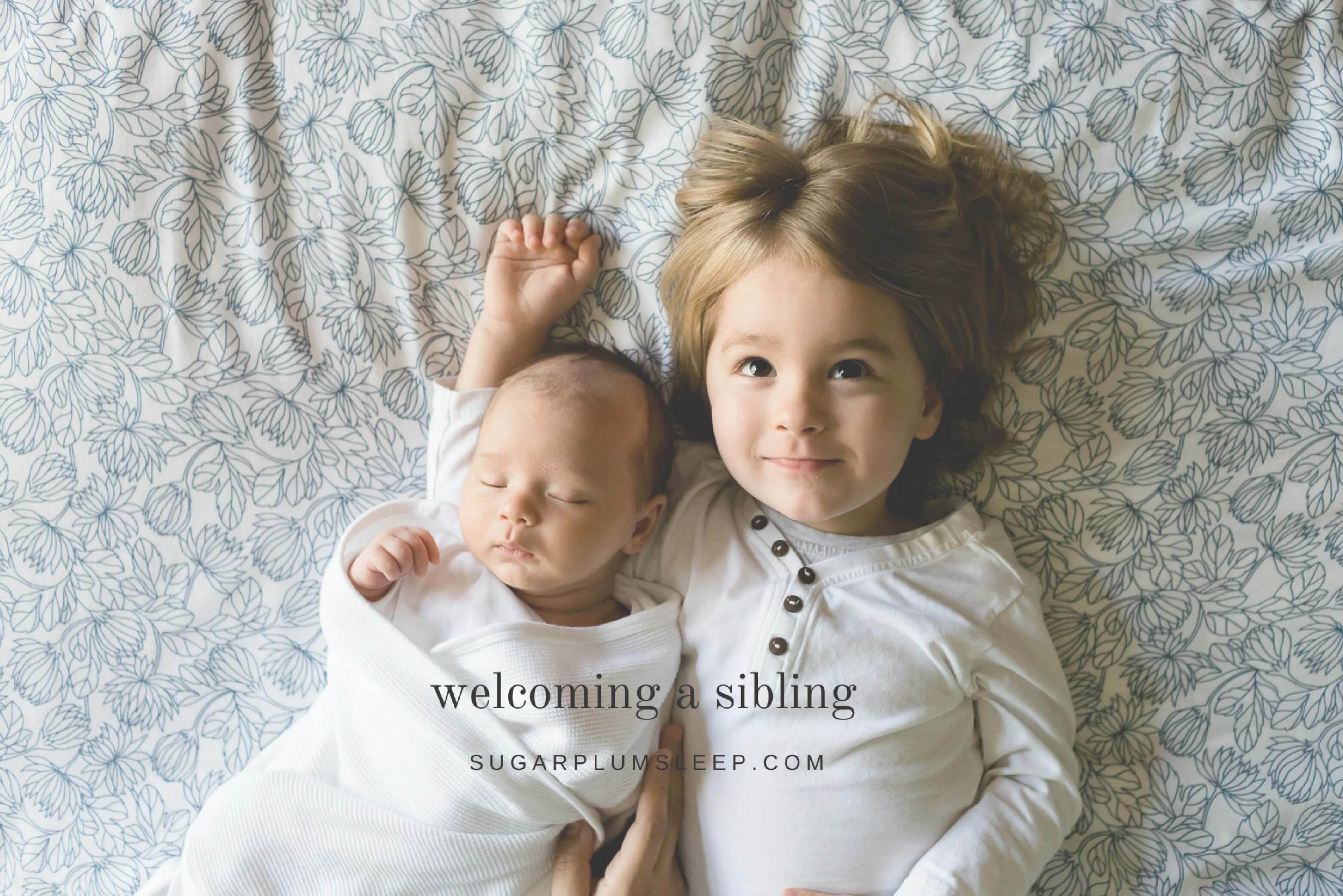
Is your child taking a long time to fall asleep at night or waking frequently? Once your child has transitioned away from a crib, delay tactics such as calling for you, needing a drink, or the ever popular request for the washroom can push bedtime back later and later. Consider the following options to help your child go to sleep AND stay asleep.
If it’s 3 in the morning and you have just Googled “my baby won’t sleep” you’ve come to the right blog post. There are many different contributing factors as to why a baby struggles to fall asleep and to stay asleep.
